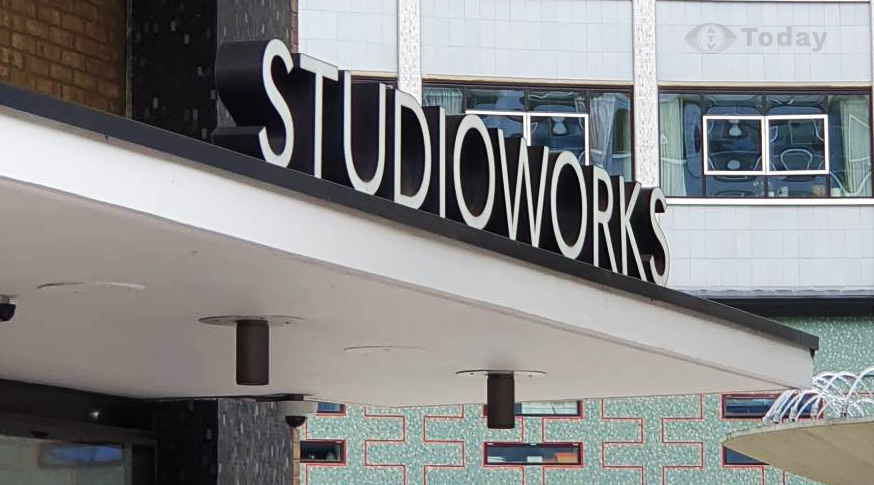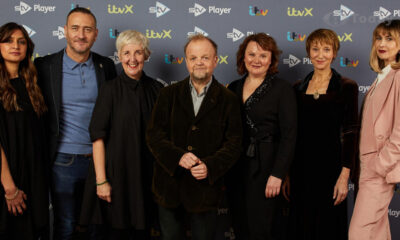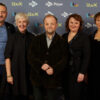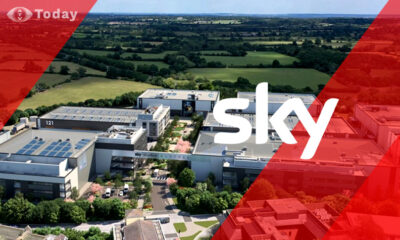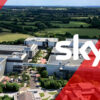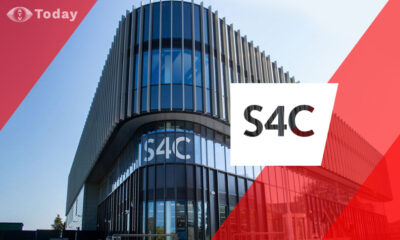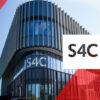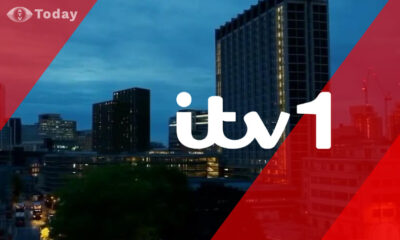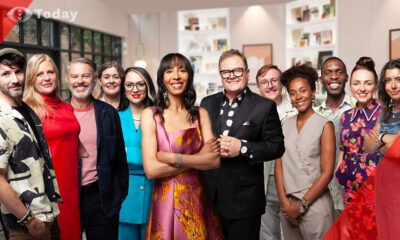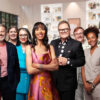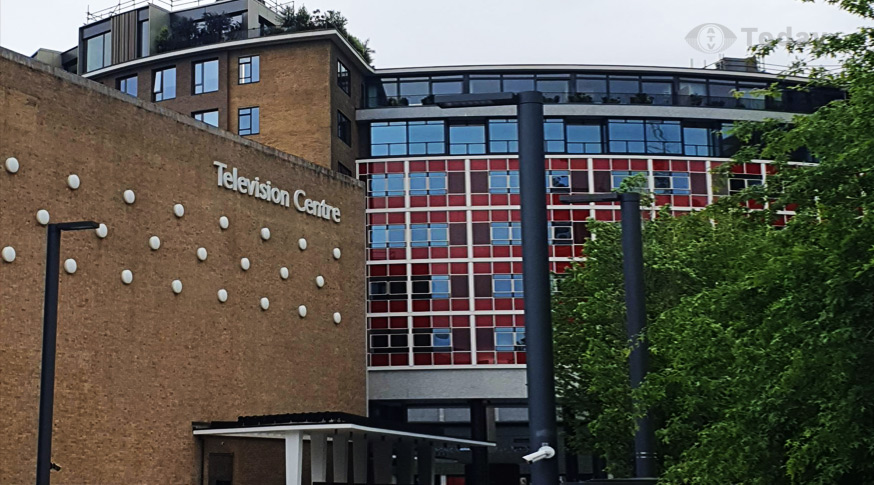
TV
Television Centre celebrates sixty years of TV
BBC Television Centre is celebrating sixty years since its first programmes went live in 1960.
It was planned in the 1940s, beaten to being the first purpose-built TV Studio in operation by ITV in Manchester, but for 60 years London’s BBC Television Centre has not just been a studio facility, it has become as famous as the programmes made there. The original BBC era saw the studios and office facilities spread across 14 acres on land which formed the site of the 1908 Franco-British Exhibition.
The central ‘ inner ring’ of the building and the front flank of Studio 1 are Grade II listed as special interest and are no doubt the most instantly recognisable exterior view of the centre.
The West London complex has been home to everything from lavish drama to live variety and it was a variety show which kicked off the broadcasts from TVC – its shorthand name – on the 29th June 1960. First Night showcased the new building with song and dance taking place across the freshly build studios and grounds.
“Designed by Graham Dawbarn and opened in 1960, it lies four miles outside central London at Shepherds Bush. A distinctive circular main block – affectionately known in-house as the ‘doughnut’ – houses technical areas and equipment, together with facilities for artists and administrative offices.
“Grouped around it are studios, linked by a covered walkway to a scenery block to allow swift movement of scenery. The sculpture in the central garden of the building shows Helios, the Greek god of the sun. Designed by T. B. Huxley-Jones, and erected in 1960, it represents the radiation of television light around the world. The two reclining figures at the bottom are Sound and Vision, the two components of television.” – The BBC states.
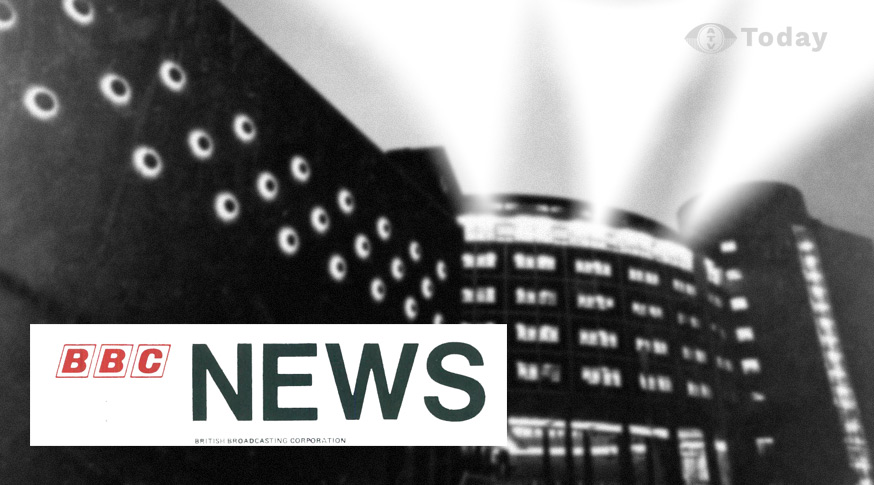
It officially opened in June 1960 and appears to be like a question mark in shape, when seen from a ‘birds-eye view’. The site had been expanded over the last 60 years, with a complete overhaul when the BBC moved out in 2013. 1.6m sq ft of buildings dating from the 1950s-1990s, were transformed or demolished to create the modern mixed-use Television Centre that still operates today. The site is now a mix of television production, media and creative offices along with residential and retail offerings.
The design by architects Norman and Dawbarn – lead by Graham Dawbarn – TV Centre was, and still is, unique in broadcasting. The legend has it that when Dawbarn first looked at the site, he was perplexed about how to fit it all on the land, with the maximum use of space, a centre with eight studios, production galleries, dressing rooms, three restaurants, camera workshops, recording areas and offices blocks.
Sitting in a bar, in 1949, pondering the TVC on the back of an envelope Dawbarn drew the triangular shape of the site on the back. He then drew a question mark in the middle.
“He looked at the question mark and in a flash of inspiration realised that it would make the perfect design.” – The BBC state.
The centre had ten studios, eight originals, two added after an extension was built in the 1990s, ranging in size from 110 square metres to the vast Studio TC1 at 995 square metres – the second-largest TV studio in Britain. Studios four to ten no longer exist following the refurbishment. However, the famous circular office block remains with its seven floors of its former administration departments now offering luxury apartment space looking down upon the iconic courtyard.
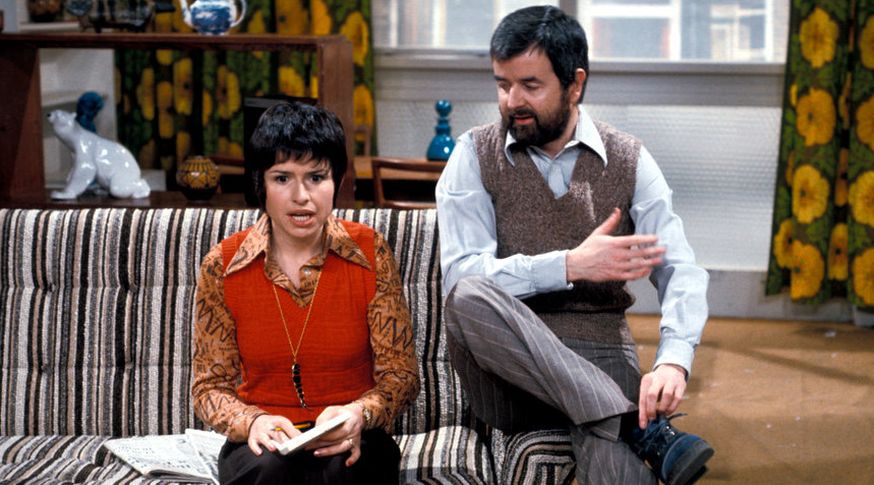
The building has provided facilities to many popular productions over five decades including the original Doctor Who which owes TV Centre for one of its iconic designs. The scenery building and storage docks unique roof, with its futuristic design and circular spot windows, proved to be the inspiration for the interior of the Doctor Who Tardis.
The studios were also home to the Michael Parkinson, Parkinson, chat show, including the famous incident with Rod Hull and his bad-tempered Emu, the equally bad-tempered Bazil Fawlty – actor John Cleese – annoying the guests of Fawlty Towers, the revived Generation Game with Bruce Forsyth and later Jim Davidson, Sir Bruce’s other big Saturday night hit, Strictly Come Dancing, comedy with Monty Python’s Flying Circus, Not The Nine O’Clock News and Absolutely Fabulous as well as legendary music shows Top of the Pops and The Old Grey Whistle Test.
There was a time when most television was done in a studio, even the outdoor scenes. However, with cameras becoming more transportable and technology improving TVC has seen drama production come to an end. The final produced at the site was House of Elliott in the 1990s.
The studios also became famous in their own right, with the exterior beamed into homes via programmes such as Children In Need, Record Breakers, Newsnight, Comic Relief, Going Live!, How Do They Do That?, Grandstand, Live and Kicking and the 1963 Eurovision Song Contest to name just a few – all making the most of the unique outdoor areas of TVC.
The most famous outdoor area was possibly the Blue Peter garden, which now shows the sign of the times. The pond has been filled in and the garden removed as production of Blue Peter and many other programmes moved elsewhere.
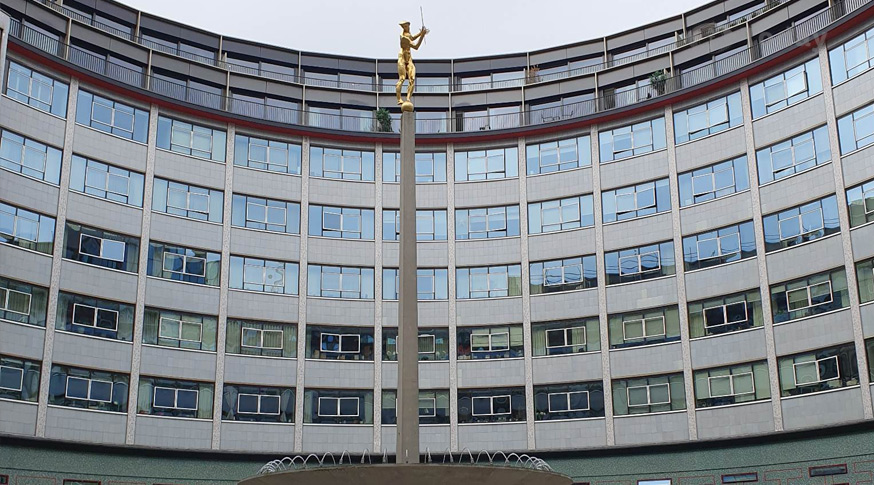
In 2012 the BFI and BBC Four aired a special feature-length documentary celebrating the people, the programmes and the building, with Patrick Mulkern of the Radio Times noting at the time:
“It may be hard to get worked up about bricks and mortar – or 1950s architecture – but this film rams home the brilliance of TVC and what a vital role it’s played in Britain’s cultural life for more than five decades. It should leave you questioning why on earth the Corporation is so keen to let it go.”
Such is the affection for the building on Wood Lane, Shepherd’s Bush, a host of faces wanted to talk about their time at the place including Sir David Frost, Sir David Attenborough, Dame Joan Bakewell, Jeremy Paxman, Sir Terry Wogan, Esther Rantzen, Angela Rippon, Biddy Baxter, Edward Barnes, Sarah Greene, Waris Hussein, Judith Hann, Maggie Philbin, John Craven, Zoe Ball, Johnny Ball, Katy Manning, Louise Jameson and Janet Fielding to name a few.
It hasn’t always been glamorous, in 1993 the live Noel’s House Party failed to air after a hoax call said a bomb was hidden in the studio – while the building was actually damaged by a car bomb located outside the more modern extension, for the News Centre, in March 2001. Staff evacuated the premises and no-one was injured. The bombing was attributed to dissident Irish Republicans. The studios also suffered an armed robbery which some staff believed to be part of a programme being recorded and not a real raid while the famous Blue Peter garden was vandalised twice – first in 1978 and more seriously in 1983.
In June 2012 the Beeb confirmed that the centre had been sold for £200m.

“Television Centre will be retained and enhanced, including the instantly recognisable exterior view. The site has been expanded over the last 60 years and there are currently 1.6m sq ft of existing buildings dating from the 1950s-1990s, and operates as one building from a services point of view. The site is designated for employment, media/creative and residential uses in the GLA’s White City Opportunity Area Planning Framework which also envisaged the opening up of the site. The uses identified for Television Centre will complement the other regeneration sites in the White City Area.” say Developers Stanhope who now own the building.
In February 2013 it was revealed that for the first time, the Television Centre would be opened up to the public and the famous forecourt re-imaged and enlivened by new retail, leisure and entertainment uses and access through the site providing connectivity with the local area, including Hammersmith Park. The new-look Television Centre re-opened for business in 2017, BBC Studioworks took over the operation of the remaining three studios, TC1, TC2 and TC3 while BBC Worldwide moved into the former News Centre building, which is now their HQ.
With the closure of the ITV HQ at London’s Southbank, the studios have become home to several ITV productions since 2018, including Johnathan Ross’ chat show, Good Morning Britain, political series Peston, female-focused debate show Loose Women and Lorraine Kelly’s morning slot. The BBC themselves also use the studios for programming such as Later… With Jools Holland and The Graham Norton Show.
While sadly the Drama Block, Restaurant Block, Multi-Storey Car Park and East Tower all had to be demolished for the new look TVC, the history lives on in the programmes and the site, sixty years on, is still producing and broadcasting programmes every day of the week.
[Information: The Tales of Television Centre/BBC/BFI, BBC Television Centre, 1960-2010: Celebrating 50 years/BBC Books, Stanhope: The Future of TVC]
